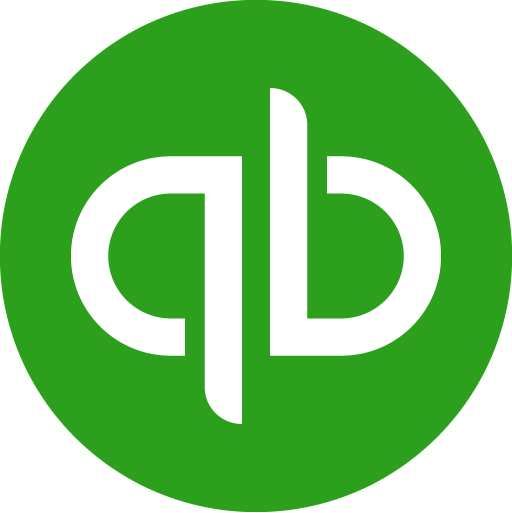If you’ve heard the phrase “P&L management” but never quite understood how it applies to your business, you’re in the right place. P&L management is a short version of profit and loss management, which is also sometimes known as profit and loss control. Here’s what you need to know.
What Does It Mean to Manage a P&L?
As a business owner, you know that revenue and profit are important, but it can be hard to tell just how much you are making (or losing) without accurate records.
Profit and loss management is the process of recording, tracking, and directing your income and expenditure to maximize profits and lower the risk of losses.
How to Effectively Manage a P&L
Managing profit and loss is usually best and most effectively done when you record any transactions as soon as possible after they occur. This allows you to view the most up-to-date information possible, which helps you to make the best decisions for your company.
One good way to do this is to invest in accounting software like QuickBooks or something similar. You can enter all your invoices, purchase orders and other revenue and expenses directly into the program.
What Are the Management Functions That Comprise the P-O-L-C Framework
When you are learning about P&L management, you will probably come across the P-O-L-C framework. This acronym stands for Planning, Organizing, Leading and Controlling.
Each part of the P-O-L-C framework is designed to give management teams the information and tools they need to effectively manage their company.
Planning is, of course, critical in a business environment, and managing profit and loss helps businesses to plan their spending, saving, debt and more. Profit and loss control also facilitates organizing, which may include things like purchasing more stock at busy times of the year or hiring temporary workers to complete important projects.
Companies always need leaders to drive change and growth, and managing profit and loss equips those leaders to make effective decisions for their company.
Finally, there’s control. If your management team is not in control of their inventory, sales, stock and more, you will never have a clear picture of what is happening in your business. Managing profit and loss is a good way to get a snapshot of how your company is going. You will be able to see where you are falling short so that you can increase control of those areas.
What Is P&L Management?
P&L management is the process of tracking and recording revenue and expenses. Keeping track of these numbers in as close to real-time as possible allows business owners and managers to identify potential problems and take action as needed but also gives them an overall view of how the company is performing.
How Do You Manage P&L?
If you are using a business accounting system to record sales, revenue and expenses, you already have a profit and loss management framework.
All that remains is to separate your transactions into income and expenses and then compare the two. Usually, this is done on a profit and loss statement, but there are also other ways of reporting company financial data that can help to give you a clear picture of profit and losses.
The very simplest interpretation of profit and loss control data is that if you are making more than you are spending, you’re on the right track. Of course, it’s more complex than that in reality, but if you want to know at a glance if your business is healthy or not, that’s the most basic metric.
Get Real-Time P&L Data The Way You Need It
Usually, the information that you need for profit and loss management consists of many different individual documents and pieces of information.
Your accounting and bookkeeping team will enter all your purchase orders, invoices, orders and bills into your accounting system, and they can usually generate reports from there too.
However, the reports generated by accounting software are often designed for accountants and finance professionals, so the data can be hard to interpret for managers and business owners.
LiveFlow makes it simple for accountants to create custom profit and loss reporting templates that present data in an easy-to-read and interpret format, so it’s easy for decision-makers to see exactly where they stand. The LiveFlow platform also creates a real-time link between your QuickBooks data and your custom Google Sheets reports. So every time the people who need to see them open them, they’ll get up-to-the-minute data – with no manual updates required!
If you’d like to find out more about how LiveFlow can help your business to track and use P&L management data, we’d love to talk. Contact our team with any questions you might have or to schedule a live demo of the platform.




.png)





